Upgrade makes trigger more “idiot proof”
Backcountry Access is conducting a trigger upgrade on all Float packs sold into the marketplace during the 2011-2012 and 2012-2013 seasons. Please see the attached Safety Alert and Important Recall Notice for details.This trigger update includes the Float 30, 18, 36, 22, 32 and Throttle. The Float 30 with a T-handle is not included. Any Float packs received after July 1st, 2013 are also not affected. The upgraded trigger assembly is standard on all 2013-2014 airbags and utilizes a hex crimp instead of an E-clip as a retention solution.
BCA has found on a very few number of packs the E-clip that holds the cable assembly together can accidentally become dislodged while connecting or disconnecting the compressed air cylinder. If this happens, the pack may not deploy properly. While the probability of this occurring is extremely low, we believe it is best to replace the entire assembly.
Keep making backcountry turns

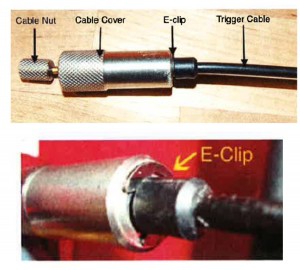
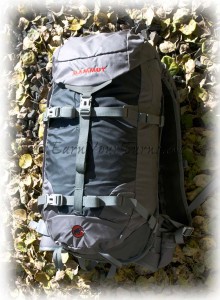
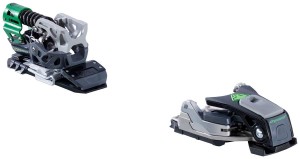
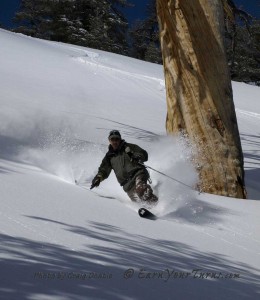
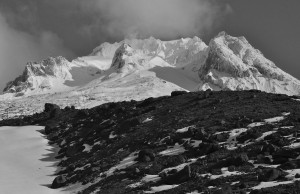
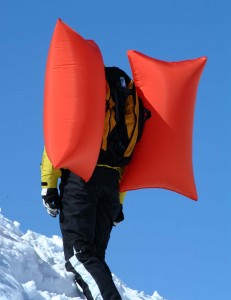
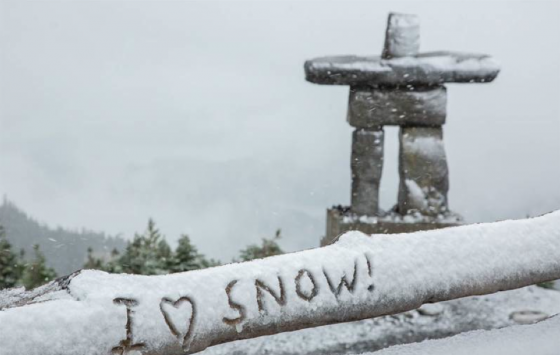
Recent Comments